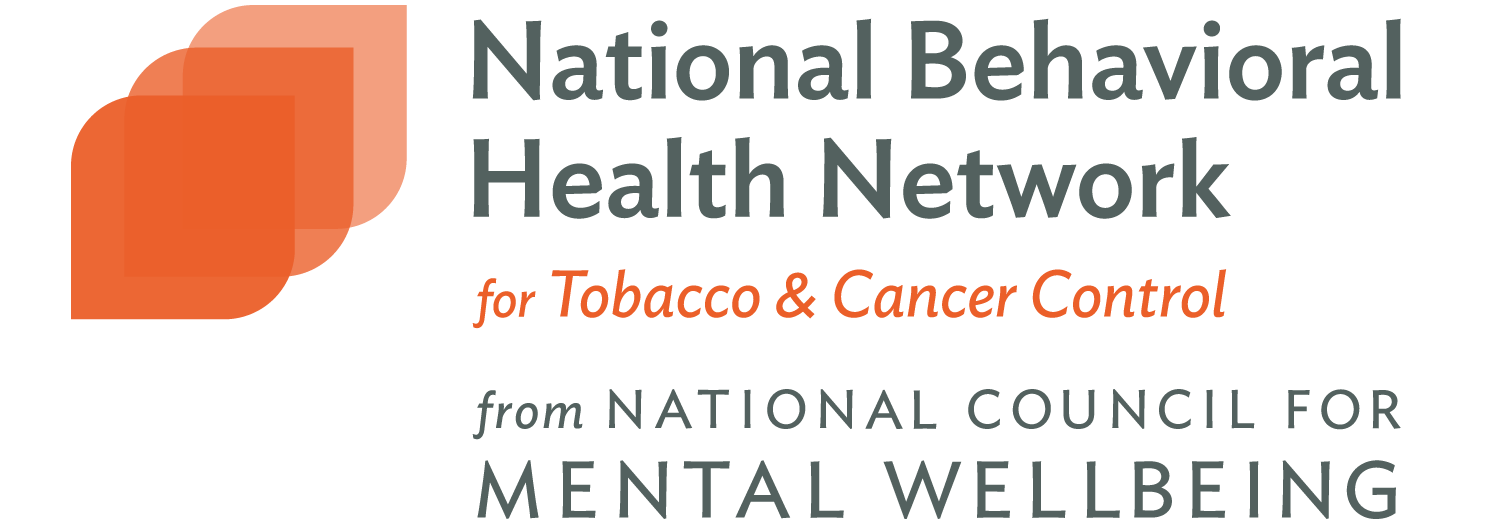About 46,000 women a year are diagnosed with endometrial cancer.
The cancer death rate in the United States has dropped by 25 percent since its 1991 peak, resulting in 2 million fewer cancer deaths than if the rate had stayed the same, the American Cancer Society said Thursday in a new report.
The group attributed the decrease largely to reductions in smoking and improvements in the early detection and treatment of cancer. But a significant gender gap remains: The cancer death rate is 40 percent higher for men than women, and the incidence of cancer is 20 percent higher in men.
That gender disparity reflects differences in the kind of cancers that men and women develop. For example, liver cancer, which is often lethal, is three times more common in men, largely because of their higher rates of hepatitis C infection, smoking and excess alcohol consumption. The largest gender disparities are for cancers of the esophagus, larynx and bladder; incidence and death rates are four times higher in men, the report said.
For 2017, the report estimated, there will be nearly 1.7 million new cancer diagnoses and more than 600,000 deaths. The most common causes are lung, colorectal and prostate malignancies in men, and lung, breast and colorectal cancers in women. These types account for almost half of all cancer deaths.
The report found that racial disparities in cancer death rates continue to decrease, although the cancer death rate remains 15 percent higher in blacks than in whites.

The nation’s overall death rates from cancer fell 25 percent from 1991 to 2014, but a significant gender gap persists. Source: National Center for Health Statistics (*Rates are age-adjusted to the 2000 population.)
“The continuing drops in the cancer death rate are a powerful sign of the potential we have to reduce cancer’s deadly toll,” Otis Brawley, the cancer society’s chief medical officer, said in a statement. “Continuing that success will require more clinical and basic research to improve early detection and treatment, as well as creative new strategies to increase healthy behaviors nationwide.”
The figures are part of the group’s annual report on the disease’s incidence, mortality and survival, called Cancer Statistics 2017. The latest figures are from 2014.
Ernest Hawk, vice president and head of the division of cancer prevention and population science at MD Anderson Cancer Center, said that stepped-up prevention efforts could deliver further gains because “we already know how to prevent the bulk of tobacco- and HPV-related cancers, as well as how to reduce deaths from other cancers . . . through the detection and management of pre-cancers and early stage disease.”
He added that the United States has a “tremendous opportunity” to further reduce cancer risks by focusing on risk factors such as weight, diet, physical fitness and exposure to ultraviolet radiation.
Behavioral Health Impact
Adults with serious mental illnesses such as schizophrenia or bipolar disorder have a greater than 2-fold increased risk for cancer, particularly lung cancer. Research has also shown that individuals who use substances, particularly alcohol, are at higher risk for cancer. Watch our archived webinar, Cancer – What’s Alcohol Use Got to Do With It? to learn more. With overall rates of cancer decreasing, their is opportunity to decrease cancer risk among those with behavioral health issues. Below are some opportunities to target the behavioral health population:
- Behavioral health providers and primary care providers can educate and provide resources for their clients to focus on healthy behaviors such as quitting smoking and excess alcohol consumption. To learn more, view our archived webinar: Tips and Tools for Transforming the Tobacco Conversation
- Providers can improve access to screening and improve early detection- to learn more, view our archived webinar: Implementing Cancer Screening & Referrals within Community Behavioral Health Organizations

